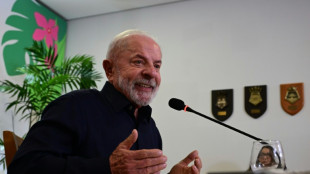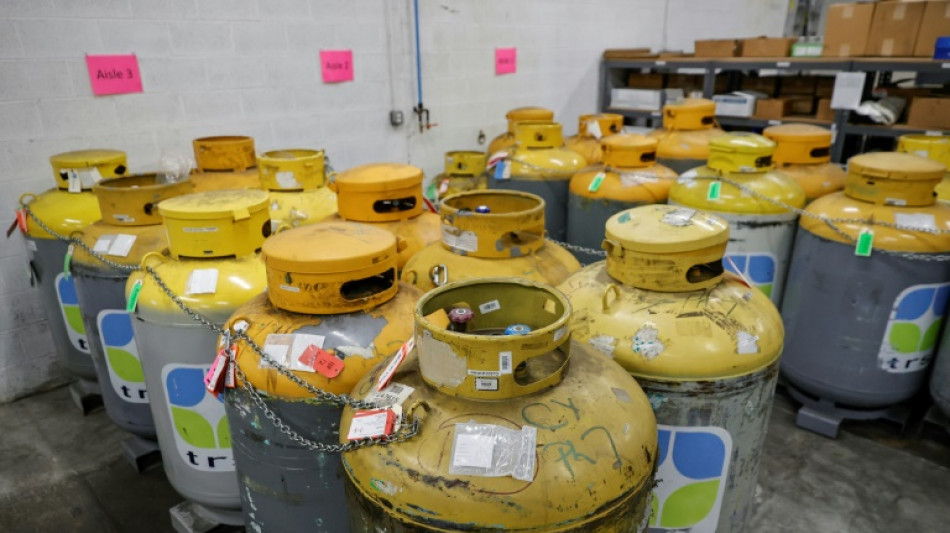
-
 Angelina Jolie visits Ukrainian frontline city, media reports say
Angelina Jolie visits Ukrainian frontline city, media reports say
-
UN says forests should form key plank of COP30

-
 Star designer Rousteing quits fashion group Balmain
Star designer Rousteing quits fashion group Balmain
-
Mexico's Sheinbaum steps up cartel fight after murder of anti-narco mayor

-
 Attack on funeral in Sudan's Kordofan region kills 40: UN
Attack on funeral in Sudan's Kordofan region kills 40: UN
-
Key PSG trio set for spell on sidelines

-
 Democrats punch back in US elections - and see hope for 2026
Democrats punch back in US elections - and see hope for 2026
-
BMW reports rising profitability, shares jump

-
 US Supreme Court debates legality of Trump's tariffs
US Supreme Court debates legality of Trump's tariffs
-
Bolivia Supreme Court orders release of jailed ex-president Jeanine Anez
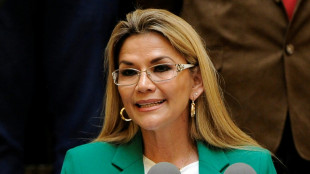
-
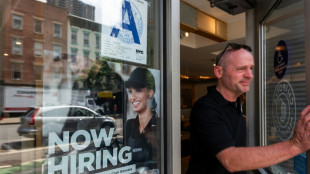 Wall Street stocks rise after positive jobs data
Wall Street stocks rise after positive jobs data
-
'Hostage diplomacy': longstanding Iran tactic presenting dilemma for West
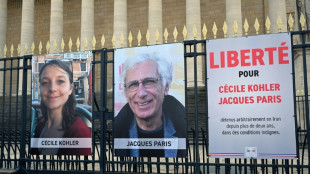
-
 Rybakina stays perfect at WTA Finals with win over alternate Alexandrova
Rybakina stays perfect at WTA Finals with win over alternate Alexandrova
-
Le Garrec welcomes Dupont help in training for Springboks showdown

-
 Brussels wants high-speed rail linking EU capitals by 2040
Brussels wants high-speed rail linking EU capitals by 2040
-
Swiss business chiefs met Trump on tariffs: Bern

-
 At least 9 dead after cargo plane crashes near Louisville airport
At least 9 dead after cargo plane crashes near Louisville airport
-
France moves to suspend Shein website as first store opens in Paris

-
 Spain's exiled king recounts history, scandals in wistful memoir
Spain's exiled king recounts history, scandals in wistful memoir
-
Wall Street stocks steady after positive jobs data
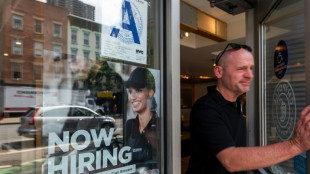
-
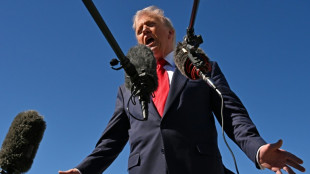 Trump blasts Democrats as government shutdown becomes longest ever
Trump blasts Democrats as government shutdown becomes longest ever
-
Indian pilgrims find 'warm welcome' in Pakistan despite tensions

-
 Inter and AC Milan complete purchase of San Siro
Inter and AC Milan complete purchase of San Siro
-
Swedish authorities inspect worksite conditions at steel startup Stegra

-
 Keys withdraws from WTA Finals with illness
Keys withdraws from WTA Finals with illness
-
Prince Harry says proud to be British despite new life in US

-
 BMW boosts profitability, welcomes Nexperia signals
BMW boosts profitability, welcomes Nexperia signals
-
EU strikes last-ditch deal on climate targets as COP30 looms
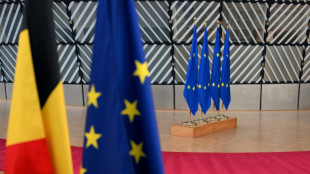
-
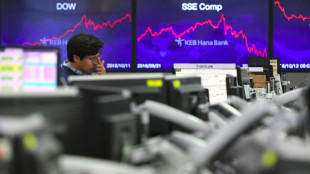 Stocks retreat as tech bubble fears grow
Stocks retreat as tech bubble fears grow
-
Shein opens first permanent store amid heavy police presence
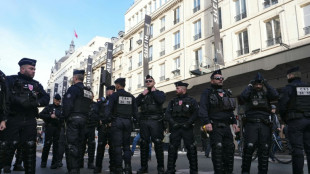
-
 West Indies edge New Zealand despite Santner brilliance
West Indies edge New Zealand despite Santner brilliance
-
French pair released by Iran await return home

-
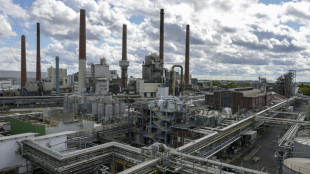 German factory orders up but outlook still muted
German factory orders up but outlook still muted
-
Death toll tops 100 as Philippines digs out after typhoon
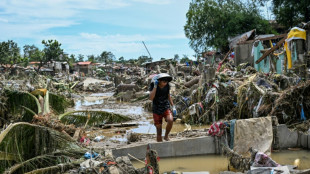
-
 Attack on key city in Sudan's Kordofan region kills 40: UN
Attack on key city in Sudan's Kordofan region kills 40: UN
-
'No one could stop it': Sudanese describe mass rapes while fleeing El-Fasher

-
 Champagne and cheers across New York as Mamdani soars to victory
Champagne and cheers across New York as Mamdani soars to victory
-
Medieval tower collapse adds to Italy's workplace toll

-
 BMW boosts profitability despite China, tariff woes
BMW boosts profitability despite China, tariff woes
-
South Africa's Wiese wary of 'hurt' France before re-match

-
 Asian markets sink as tech bubble fears grow
Asian markets sink as tech bubble fears grow
-
Beyond limits: Croatian freediver's breathtaking record

-
 Tottenham supporting Udogie after alleged gun threat in London
Tottenham supporting Udogie after alleged gun threat in London
-
Thunder roll Clippers to stay unbeaten as SGA keeps streak alive

-
 In appeal, Australian mushroom murderer alleges 'miscarriage of justice'
In appeal, Australian mushroom murderer alleges 'miscarriage of justice'
-
Toyota hikes profit forecasts 'despite US tariffs'

-
 Typhoon death toll soars past 90 in the Philippines
Typhoon death toll soars past 90 in the Philippines
-
Ex-France lock Willemse challenges Meafou to become 'the bully'

-
 Ukrainians to honour sporting dead by building country they 'died for': minister
Ukrainians to honour sporting dead by building country they 'died for': minister
-
At least 7 dead after UPS cargo plane crashes near Louisville airport
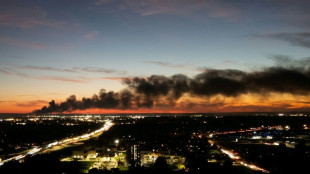

Ozone-depleting CFCs hit record despite ban: study
Their power to dissolve the ozone layer shielding Earth from the Sun prompted a worldwide ban, but scientists on Monday revealed that some human-made chlorofluorocarbons have reached record levels, boosting climate-changing emissions.
Despite being banned under the Montreal Protocol, the five chlorofluorocarbons (CFCs) measured increased rapidly in the atmosphere from 2010 to 2020, reaching record-high levels in 2020, according to the study published in the journal Nature Geoscience.
It said the increase was probably due to leakage during the production of chemicals that are meant to replace CFCs, including hydrofluorocarbons (HFOs).
Although at current levels they do not threaten the recovery of the ozone layer, they contribute to a different threat, joining other emissions in heating the atmosphere.
"If you are producing greenhouse gases and ozone-depleting substances during the production of these next-generation compounds, then they do have an indirect impact on the climate and the ozone layer," said co-author Isaac Vimont of the Global Monitoring Laboratory at the US National Oceanic and Atmospheric Administration.
CFCs are potent greenhouse gases that trap heat up to 10,000 times more efficiently than carbon dioxide -- the biggest cause of the global warming that drives climate change, according to data from the Global Carbon Project.
In the 1970s and 1980s, CFCs were widely used as refrigerants and in aerosol sprays.
But the discovery of the hole in the ozone layer over Antarctica as a result of their use led to the global agreement in 1987 to eliminate them.
After the Montreal Protocol entered into force, global concentrations of CFCs declined steadily.
- Ozone 'early warning' -
The study analysed five CFCs with no or few current uses, beginning at the point of their total global phase-out in 2010.
In 2020 all five gases were at their highest abundance since direct measurements began.
Those emissions have so far resulted in a modest impact on the ozone layer and slightly larger climate footprint, said co-author Luke Western of Bristol University and the Global Monitoring Laboratory.
They are equivalent to the 2020 CO2 emissions of Switzerland -- about one percent of the total greenhouse gas emissions of the United States.
But if the rapid upward trend continues, their impact will increase.
The researchers called their findings "an early warning" of a new way in which CFCs are endangering the ozone layer.
The emissions are likely due to processes that are not subject to the current ban and unreported uses.
The class of industrial aerosols developed to replace those banned by the Montreal Protocol is to be phased out over the next three decades under a recent amendment to the 1987 treaty.
- Unknown source -
The protocol curbs the release of ozone-depleting substances that could disperse, but does not ban their use in the production of other chemicals as raw materials or by-products.
It was not the first time that unreported production had an impact on CFC levels. In 2018 scientists discovered that the pace of CFC slowdown had dropped by half from the preceding five years.
Evidence in that case pointed to factories in eastern China, the researchers said. Once CFC production in that region stopped, the draw-down appeared to be back on track.
The study said further research was needed to know the precise source of the recent rise in CFC emissions.
Nationwide data gaps make it difficult to determine where the gases are coming from and for some of the CFCs analysed there are no known uses.
But "eradicating these emissions is an easy win in terms of reducing greenhouse gas emissions," said Western.
I.Saadi--SF-PST


